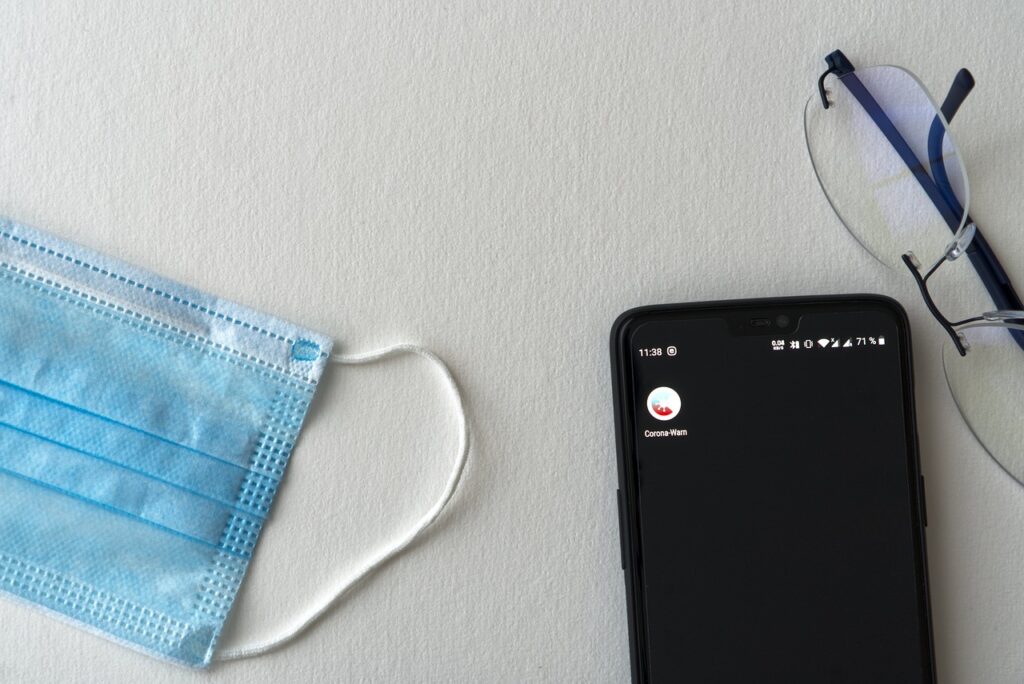Caring for an aging family member is one of the most profound expressions of love and commitment. It brings immense fulfillment but also challenges. With the senior population growing steadily, the demand for senior caregiving is set to rise sharply. Caregivers must equip themselves with emotional empathy, vital practical skills, and access to valuable resources. Senior Helpers will explore how caregivers can enrich their caregiving journeys, improve seniors’ quality of life, and ensure their well-being is nurtured in the process.

The Significance of Senior Caregiving
The act of caregiving is profound, and for senior citizens who may be experiencing a loss of independence and an array of health-related challenges, a competent and supportive caregiver can be an anchor in a sea of change. Caregiving involves many roles, including personal care, health management, companionship, and logistical support.
Being a senior caregiver is a noble yet demanding responsibility. It requires diligence, patience, resourcefulness, and a compassionate heart. The experience can be rewarding, deepening the bond between the caregiver and the recipient of care and helping to maintain the senior’s dignity. However, it can also be physically and emotionally taxing, particularly when balanced with other life responsibilities.
Essential Skills for Senior Caregivers
Senior caregivers need an extensive skill set to ensure the safety, comfort, and well-being of the seniors under their charge. Here are some essential skills that every caregiver should look to develop:
Communication Techniques: Understanding how to effectively communicate with seniors, who may have sensory impairments or cognitive decline, is vital. Simple language, patience, and the ability to listen actively can significantly impact the quality of interaction and the senior’s comfort level.
Practical Caregiving Skills: Basic skills like transferring a senior from bed to wheelchair, proper feeding techniques, and managing incontinence can enhance the care provided. Additionally, medication management skills are essential, ensuring that seniors receive their prescriptions promptly and accurately.
Understanding Health Conditions: Many seniors have one or more chronic health conditions that require special attention. It is crucial to effective caregiving to educate oneself on these conditions, their management, and when to seek professional help.
Resources and Support for Senior Caregivers
Caregivers need not bear the responsibility alone. There are numerous resources and support groups tailored to their unique needs. Here are a few to consider:
Local and Online Support Groups: Joining a support group can be cathartic. It provides a space for sharing experiences, getting advice, and simply knowing others are walking a similar path.
Financial and Legal Assistance: Navigating senior care’s financial and legal aspects can be complex. Community programs and online resources can help caregivers access assistance and understand the legal implications of their responsibilities.
Caregiving Technology and Tools: From applications that help manage medication schedules to devices that monitor vital signs, technology is increasingly helping caregivers, making many aspects of caregiving more manageable and efficient.
Self-Care for Caregivers
In their devotion to others, caregivers often neglect their own needs. Neglecting self-care can lead to burnout, physical/mental health problems, and a diminished ability to care for the senior. Therefore, it is critical that caregivers prioritize their well-being.
Physical Self-Care: includes maintaining a healthy diet, regular exercise, and adequate rest. Simple activities such as taking a short walk, practicing yoga, or even deep breathing exercises can rejuvenate.
Mental Health: Engaging in activities that provide mental stimulation and relaxation, such as reading, meditation, or engaging with a hobby, can help maintain mental acuity and relieve stress.
Respite Care: Don’t hesitate to ask for help or take a break when needed. Respite care services can offer relief by providing temporary care, allowing the caregiver to recharge.
Final Thoughts
Empowering senior caregivers with the knowledge and resources they need is not just about enhancing their ability to provide care; it’s about recognizing their value and supporting them in their own right. By focusing on developing essential skills, tapping into available resources, and prioritizing personal well-being, caregivers can provide the highest quality of care for their seniors and continue to find fulfillment in their roles. Continue seeking the support and tools to aid you in this noble task. Your efforts are invaluable, and we hope these insights help you fulfill your caregiving mission.







